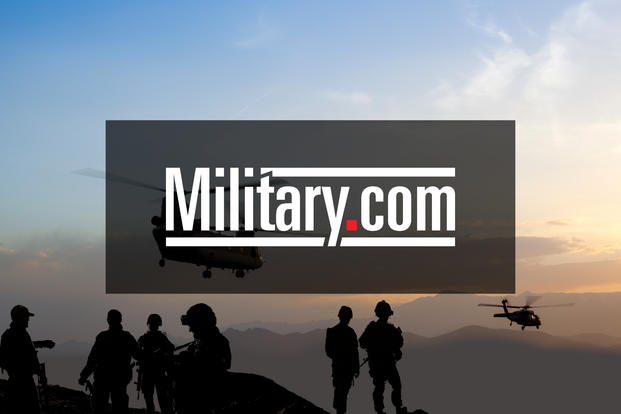The long-awaited liberation of Fallujah this week came with minimal damage to the city's infrastructure, Iraqi officials claim, unlike the disastrous campaign to free Ramadi from ISIS, in which bomb damage and civilian casualties amounted to a Pyrrhic victory.
Backed by U.S. air power -- which on Wednesday took out a convoy of 250 fleeing ISIS fighters on the outskirts of the city -- government forces carefully recaptured Fallujah over a five-week period. Photos obtained by FoxNews.com show damage to the city, but nothing like the destruction seen in last December's retaking of Ramadi, some 30 miles west.
"The city is damaged, but nothing like [others where ISIS has been dislodged]," said an Iraqi with direct knowledge of the Fallujah campaign. "This was a well-planned operation, led by [Iraq's U.S.-trained] Golden Division."
Grateful residents are eager to move back into their city to rebuild it, as well as their lives.
"Many sacrifices have been made by the army, police and the crowd," said Mojtahid Alanbar, a Fallujah resident who survived the two-year occupation by ISIS. "If the decision was mine I would have made a statue for every fighter in the [battle] against terrorism. These heroes are examples of courage when faced with Da'esh."
Most of the city's population, which once numbered more than 300,000, is being housed in desert camps outside its borders while the army clears streets and buildings of mines and booby traps. That work could only begin after the last of the ISIS fighters were driven from the city that once served as the jihadist army's Anbar Province stronghold.
"It is fully liberated, with all of it under the control of Golden Division [soldiers] and tribal fighters now," the source said. "But there are too many explosives in there for civilians to go back. It should be a few more weeks."
Key bridges, roads and government buildings were largely spared, according to military sources who have been in Fallujah city limits in recent days. Power plants and utilities are believed to be mostly intact.
Fallujah, the scene of fierce fighting between U.S. forces and insurgents in the Iraq War, in 2014 became the first city to fall to ISIS. Ramadi, a similar-size city that lies west along the corridor between Baghdad and Raqqa, was captured by ISIS in May 2015.
Eight months later, Ramadi was freed, but at a high cost. More than 3,000 buildings and nearly 400 roads and bridges were destroyed, and in the once-thriving Haji Ziad Square, not a single structure stands.
By re-taking Ramadi first, the Iraqi government left fleeing ISIS fighters no way to escape to the caliphate stronghold of Raqqa. Unconfirmed reports say fighters who instead fled north to Mosul, where ISIS still controls the nation's second-largest city, have been executed by their leaders.
The efforts to drive ISIS from Anbar, the Sunni-populated province west of Baghdad which includes Fallujah and Ramadi, is a prelude to a looming and daunting campaign to retake Mosul. There, Iraqi forces are working with Kurdish fighters and coalition air power to retake surrounding villages and cut off the black-clad jihadist army's supply routes.





























